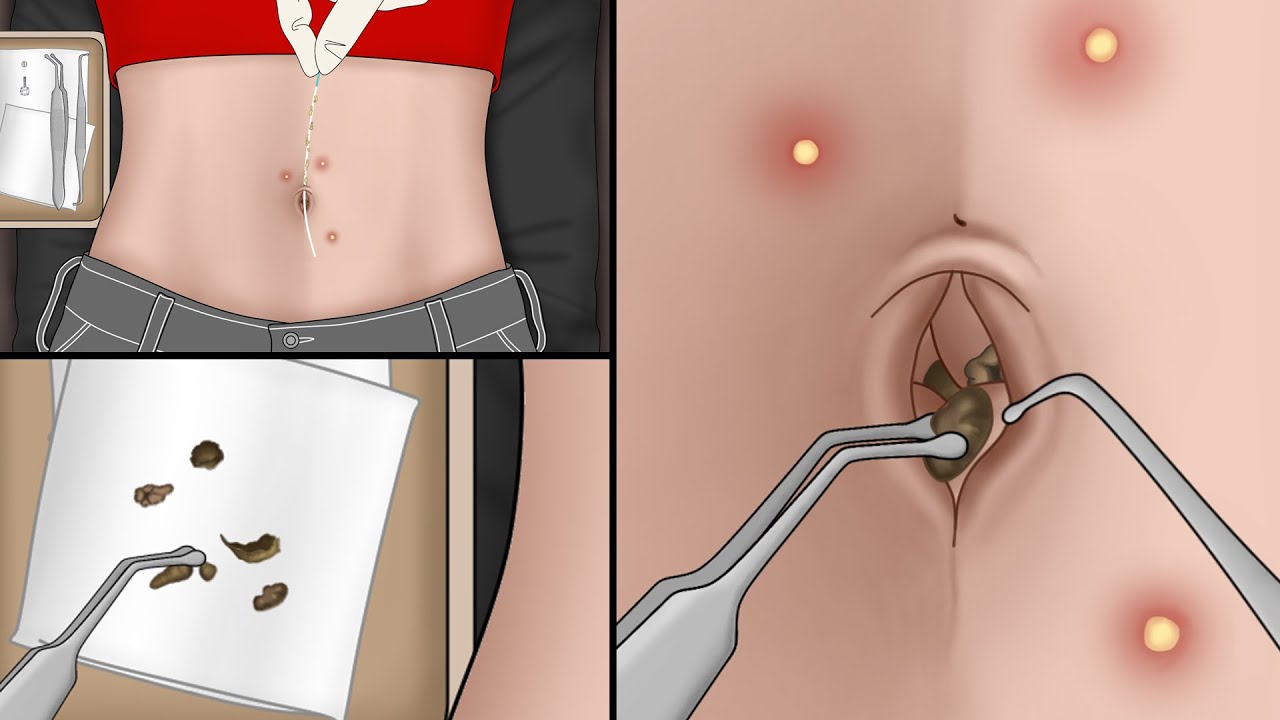Exploring the Fascinating World of Navel Stones
In the realm of unusual and intriguing phenomena that the human body can produce, navel stones stand out as one of the most curious. Navel stones, also known as omphaloliths, are formations that develop in the belly button. This article delves into the origin, composition, potential causes, and methods of prevention of navel stones, shedding light on this lesser-known occurrence.
1. What are Navel Stones?

What are Navel Stones?
Navel stones are calcified masses that form within the belly button, typically containing a mixture of dead skin cells, sebum, sweat, and other debris. Over time, these substances can accumulate and harden, giving rise to the characteristic stone-like structures. Navel stones can vary in size, color, and texture, often causing discomfort and occasionally leading to infection if not properly managed.
2. Formation Process: How Navel Stones Develop

Formation Process: How Navel Stones Develop
The process of navel stone formation begins with the accumulation of dead skin cells and other materials within the navel cavity. As these substances accumulate, they mix with sebum and sweat, creating an environment conducive to calcification. Over time, the accumulated material hardens and forms a stone-like structure. Factors such as poor hygiene, obesity, and excessive sweating can contribute to the development of navel stones.
3. Comparing Navel Stones to Kidney Stones: A Closer Look
| Aspects | Navel Stones | Kidney Stones |
| Location | Belly button | Kidneys |
| Composition | Dead skin cells, sebum, debris | Minerals and salts |
| Formation Factors | Poor hygiene, obesity, sweating | Diet, dehydration, family history |
| Symptoms | Discomfort, odor, infection risk | Severe pain, urinary issues, nausea |
| Treatment | Warm compresses, proper hygiene | Medications, surgery in severe cases |
4. Potential Causes of Navel Stones
Poor Hygiene: Neglecting proper cleaning of the belly button can lead to the accumulation of debris, fostering an environment conducive to navel stone formation.
Obesity: Excess weight can create skin folds and crevices that trap dead skin cells and moisture, facilitating the development of navel stones.
Excessive Sweating: Profuse sweating can increase moisture in the navel region, encouraging the accumulation of materials that contribute to stone formation.
5. Prevention and Management
Maintain Hygiene: Regularly cleaning the belly button with mild soap and water can prevent the buildup of debris that leads to navel stones.
Stay Dry: Keeping the navel area dry, especially after bathing or exercising, can discourage the accumulation of moisture that supports stone formation.
Weight Management: Maintaining a healthy weight can reduce the risk of skin folds where debris might accumulate.
Navel stones might be lesser-known compared to their more famous counterparts like kidney stones, but they offer a fascinating glimpse into the intricate ways the human body can surprise us. Understanding their formation, causes, and preventive measures can help individuals avoid the discomfort and potential health issues associated with navel stones. By maintaining proper hygiene and being aware of the factors that contribute to their development, one can ensure a healthier and stone-free navel.